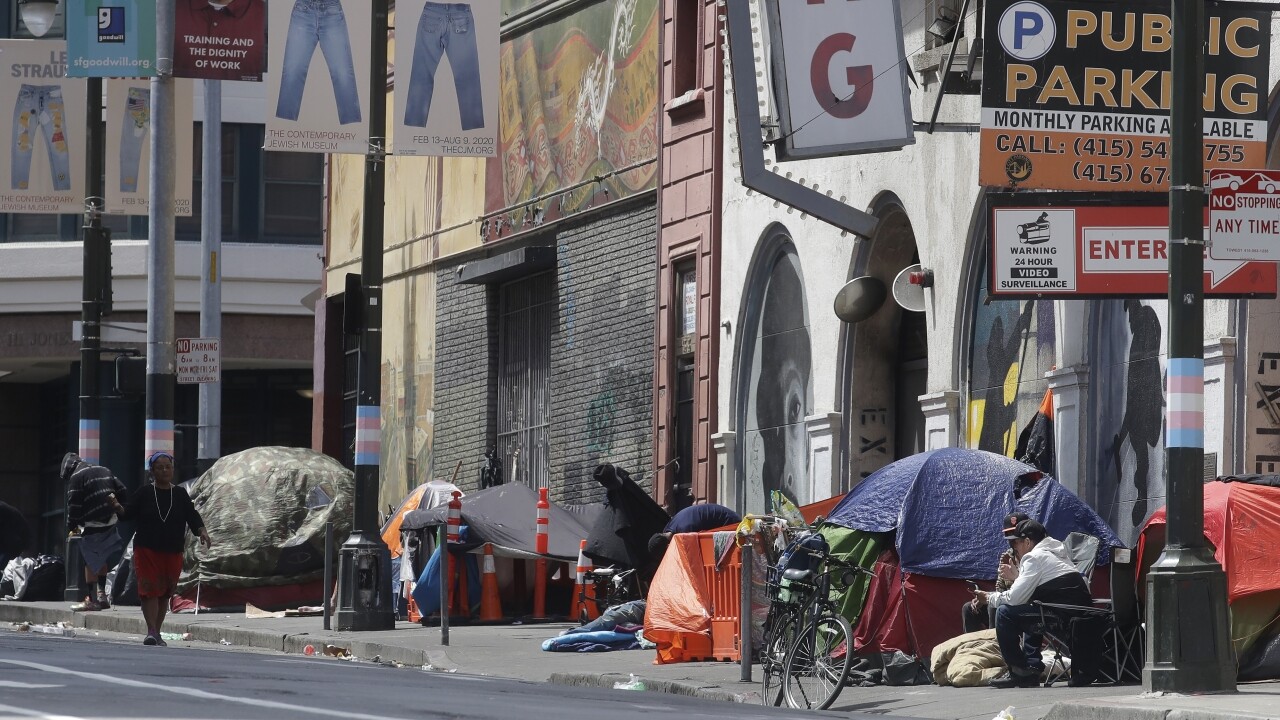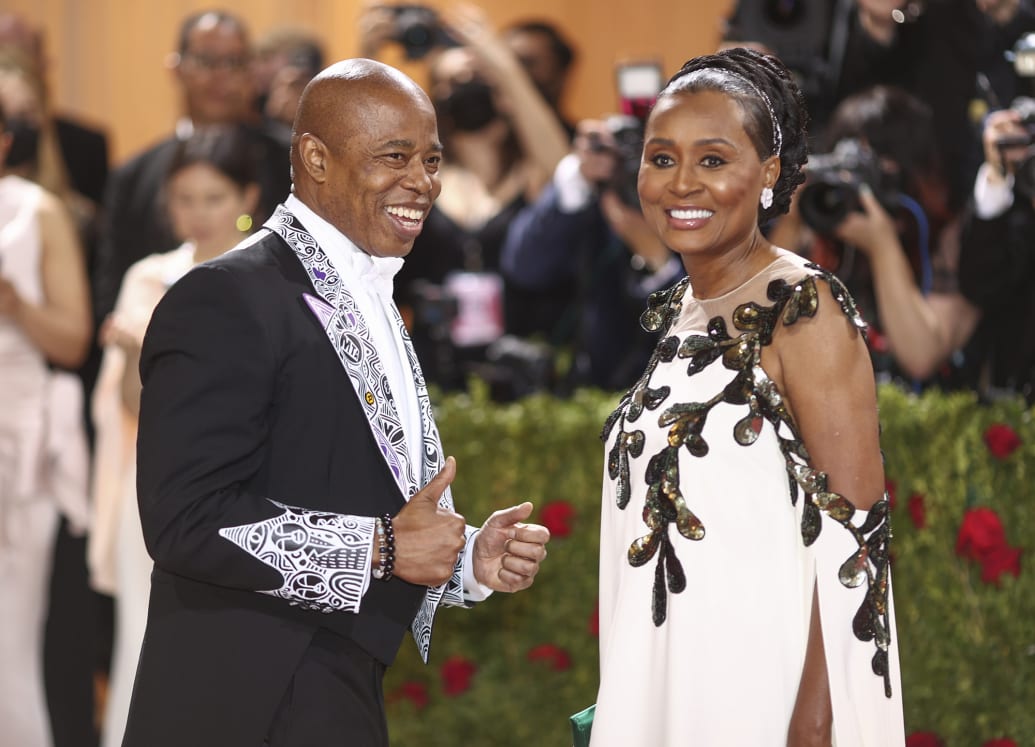Justices are considering whether cities can ban unhoused people from sleeping outdoors and issue fines or arrest them for doing so.
People living in homeless camps say they shouldn’t be punished just for sleeping outside.
(Scripps News Tampa)


By: Scripps News Tampa
Posted, May 05, 2024
Homelessness is a growing issue across America and now it is a focus of the U.S. Supreme Court.
Deep in the woods outside of Winterhaven, Florida, are a cluster of tents and tarps. There are 46 people that live in this homeless encampment, including Brandy C., who has been there for five years.
“I just made a mistake and I've been stuck here since. I'm trying to fix it and I can’t,” Brandy told Scripps News Tampa.
The 32-year-old said the homeless camp is not the safest environment, but it is somewhere she can lay her head at night. However, it could soon be taken away.
“They tell us, ‘y'all know y'all fixing to have to leave,'" Brandy said. "We’re like, 'so where do we go?'


By: Scripps News Tampa
Posted, May 05, 2024
Homelessness is a growing issue across America and now it is a focus of the U.S. Supreme Court.
Deep in the woods outside of Winterhaven, Florida, are a cluster of tents and tarps. There are 46 people that live in this homeless encampment, including Brandy C., who has been there for five years.
“I just made a mistake and I've been stuck here since. I'm trying to fix it and I can’t,” Brandy told Scripps News Tampa.
The 32-year-old said the homeless camp is not the safest environment, but it is somewhere she can lay her head at night. However, it could soon be taken away.
“They tell us, ‘y'all know y'all fixing to have to leave,'" Brandy said. "We’re like, 'so where do we go?'
”
Homelessness reached a record in 2023, and it could get worse
The Supreme Court is considering whether cities can ban unhoused people from sleeping outside and issue fines or arrest them for doing so. It’s the most significant case dealing with homelessness before the high court in decades.
It comes amid a rise in homelessness in the U.S. and a growing number of encampments. People living in homeless camps say they shouldn’t be punished just for sleeping outside.
“What if they was in the same position? They don't think that way," said Patty Gregory, who is also a resident of the homeless camp. "The way I see it, as long as you’re sleeping somewhere and you’re not robbing the place and busting their windows, they should be left alone."
Supporters of the ban said encampments are unsafe and unsanitary.
Staff from Talbot House Ministries visit the village of homeless people every other week to pass out water, food and toiletries. Angelina Ligon is the case management supervisor at Talbot House and she said the homeless shelter is over capacity.
“They have nowhere to go," she said. "As far as them having to leave the encampment, the question is where can they go from here? We have emergency shelter at our place where we’ve offered them to come to."

Homelessness reached a record in 2023, and it could get worse
The Supreme Court is considering whether cities can ban unhoused people from sleeping outside and issue fines or arrest them for doing so. It’s the most significant case dealing with homelessness before the high court in decades.
It comes amid a rise in homelessness in the U.S. and a growing number of encampments. People living in homeless camps say they shouldn’t be punished just for sleeping outside.
“What if they was in the same position? They don't think that way," said Patty Gregory, who is also a resident of the homeless camp. "The way I see it, as long as you’re sleeping somewhere and you’re not robbing the place and busting their windows, they should be left alone."
Supporters of the ban said encampments are unsafe and unsanitary.
Staff from Talbot House Ministries visit the village of homeless people every other week to pass out water, food and toiletries. Angelina Ligon is the case management supervisor at Talbot House and she said the homeless shelter is over capacity.
“They have nowhere to go," she said. "As far as them having to leave the encampment, the question is where can they go from here? We have emergency shelter at our place where we’ve offered them to come to."

$7,500 cash transfers have major impact in reducing homelessness
Advocacy groups like the Homeless Coalition of Polk County argue that public sleeping bans will criminalize homelessness and ultimately make the crisis worse.
“Housing instead of handcuffs," said Bridget Engleman, executive director of Homeless Coalition of Polk County. "We need more affordable housing and we’re not going to win it by having our homeless individuals arrested or fined."
The Supreme Court is expected to decide the case by the end of June. Meanwhile, people experiencing homelessness can't help but feel discarded.
“We just don't matter? That hurts and it makes us feel like trash and we’re not,” said Brandy.
This story was originally published by Rebecca Petit at Scripps News Tampa.













